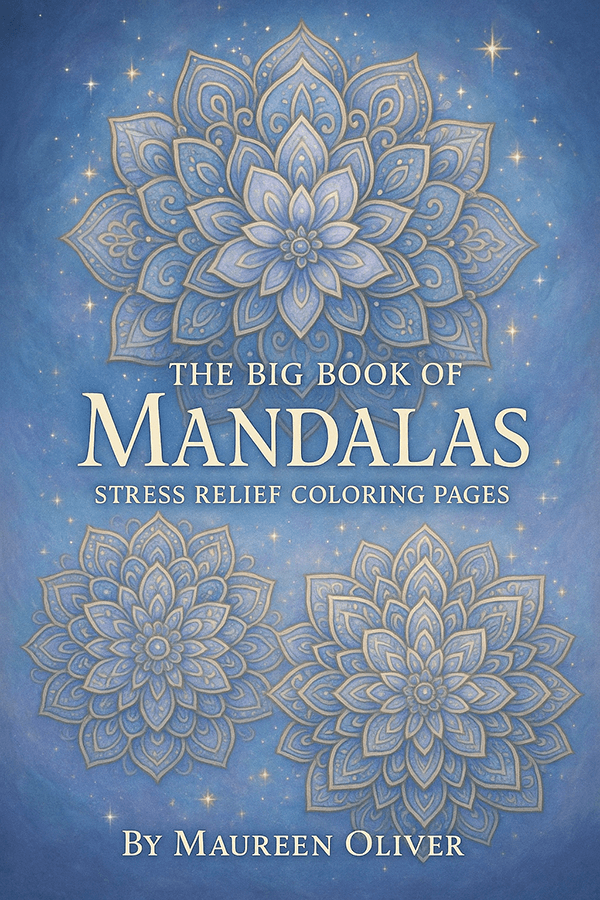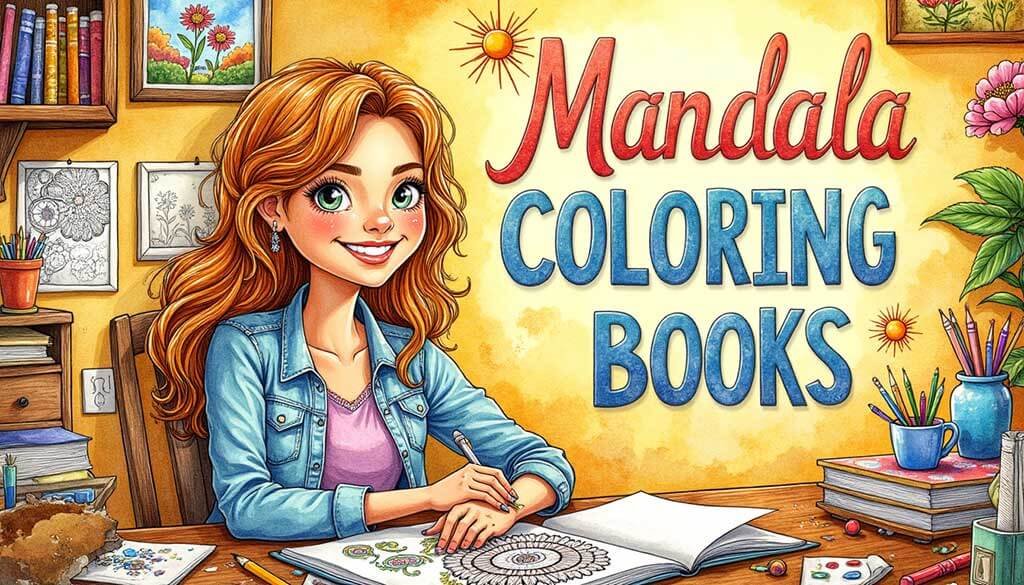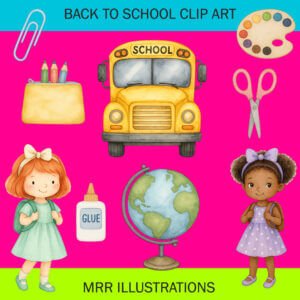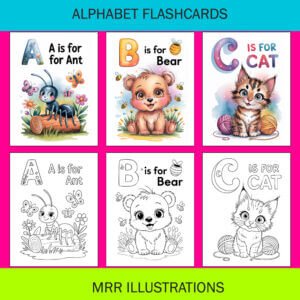Why Are Mandala Coloring Books So Popular on KDP?
And what it means if you’re thinking of publishing your own
The Mandala Craze: What’s Going On?
Open Amazon and type in “mandala coloring book.” You’ll get thousands of results. New ones appear every week. Why? Because they sell. Publishers know it. Designer tools and PLR make it easy. Buyers love the concept. But if you’re not in tune with the why, you’ll probably create another lookalike book that vanishes in the crowd.
Let’s break down what’s really happening with this trend and where you can actually stand out.
Why Mandalas Hit the Sweet Spot
There’s a reason people are drawn to mandalas. These complex, geometric circles have cultural origins going back centuries, but their appeal today mostly comes from how hypnotic they are to color. For adults looking to unwind, a mandala strikes a balance between structure and freedom. You’ve got repeating patterns, symmetry, and intricacy but enough flexibility to make each page look completely different.
For coloring book creators, that’s gold. One good design template can generate dozens of variations. And unlike themed books where every page needs a fresh idea (think dinosaurs, flowers, or affirmations), mandalas are repetitive by design, literally.
The Business Angle: They’re Cheap to Produce
Let’s not pretend this is all spiritual and artistic. People are creating mandala coloring books on KDP because it’s budget-friendly. Vector mandalas can be generated or purchased in bulk from design marketplaces at low cost. You don’t need to hire an illustrator or come up with fresh content for every page.
Here’s where it gets interesting though: the buying audience doesn’t seem to care. No one’s asking, “Wait, wasn’t this pattern in another book?” Instead, they’re asking, “Does this page look fun to color?”
It’s a simple product that hits emotional buttons: mindfulness, relaxation, creativity. And if the patterns are clean and nicely arranged, the book doesn’t need much more to become a best-seller.
But Let’s Be Honest: Most Are Starting to Look the Same
The popularity of mandala books has created a new problem, saturation. There are only so many ways to put 50 circular patterns in a 100-page book with black and white interiors. Scroll through the listings, and you’ll see titles like:
- “50 Beautiful Mandalas”
- “Stress Relieving Mandalas for Adults”
- “Mandala Coloring Book for Everyone”
They all blur together. The previews feel interchangeable. The covers look like they were made in 15 minutes. Most buyers won’t give them a second glance unless the cover pops, the title gets weirdly specific (in a good way), or the preview hints at something genuinely fun or distinctive.
Here’s How Some Publishers Are Standing Out
Winning in this niche doesn’t mean being louder. It means being different enough to catch interest. These are a few trends that are starting to shake things up:
✔️ Themed Mandalas
Instead of random patterns, creators are building books around a concept: “Cat Mandalas,” “Skull Mandalas,” “Swear Word Mandalas.” This hybrid approach keeps the hypnotic symmetry, but adds novelty and niche appeal.
✔️ Color Test Pages and Extras
Some books are adding pages where users can test their colors, note their favorite palettes, or store blends. It’s not hard to add, and it makes the book feel more thoughtful, especially for the coloring crowd that actually uses markers and gel pens.
✔️ Targeting Narrow Audiences
Books that say “for teachers,” “for truck drivers,” or “for stressed moms” aren’t actually changing the patterns much. But they’re changing the frame. It makes a browser think, “Oh, this might be just what I need.”
Quick Warning: Don’t Go Overboard With Automation
It’s tempting to generate 200 mandalas with software, plug them into Canva or PowerPoint, and upload a dozen books in a week.
Amazon’s algorithm doesn’t like spam. And buyers pick up on low effort pretty fast. If your pages don’t preview well or look distorted, you’re going to get buried. Or worse, reported. Even machine-generated art needs a human to curate and package it well.
You Still Need a Great Cover
This sounds obvious, but it’s worth repeating. The best mandala book in the world won’t sell if the cover looks like clipart mashed with Comic Sans. The cover is doing 90% of the work in the listing. It tells people the vibe, the genre, and the level of quality before they even click in.
Great cover tips for mandala books:
- Use bold colors, not just black-and-white previews
- Showcase one or two intricate mandala examples clearly
- Keep the title readable even when shrunk to thumbnail
- No overcrowding! Whitespace is your friend

So Are Mandala Books Still Worth Making?
Yes. But not blankly. If your idea is to copy and paste 100 identical books into Amazon and hope for the best, you’re going to burn time without much to show for it.
If, on the other hand, you’re thinking about adding a little angle, combining styles, or appealing to a niche group, you can still make something that finds its people. And the production costs here are low enough that testing your ideas doesn’t break the bank.
That’s the real edge: figuring out how to be different enough that scrolling shoppers actually stop and look. Mandalas may stay popular, but cookie-cutter books won’t.
Give buyers a reason to click on your mandala coloring book on KDP. Learn how to create Mandalas featuring kittens, puppies, bunnies, cupcakes and other smile-inducing cuteness!






